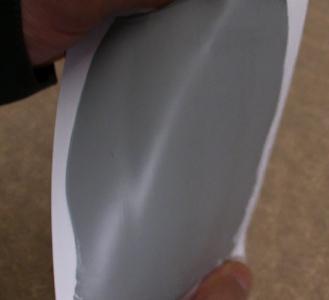Flexible Adhesives
Flexible Adhesives: Versatile Solutions for Strong, Reliable Bonds
Flexible adhesives are invaluable products that offer versatility and durability in a wide range of applications. This article explores the benefits and applications of flexible adhesives, highlighting their key features and providing tips for effective use.

Benefits of Flexible Adhesives
1. Versatility and Compatibility:
– They are suitable for bonding various materials, including wood, metal, plastic, fabric, and ceramics.
– They offer excellent compatibility and adhesion to both porous and non-porous surfaces, making them versatile for different projects.
2. Flexibility and Movement:
– The unique formulation of flexible adhesives allows them to accommodate movement and expansion in bonded materials.
– They maintain their bond even in applications subjected to temperature variations, vibrations, or structural shifts.
3. Strength and Durability:
– Flexible adhesives provide strong and durable bonds, ensuring reliability and longevity.
– They withstand stress, impacts, and environmental conditions, contributing to the overall durability of the assembled parts.
Applications of Flexible Adhesives
1. Construction and Building:
– They are widely used in the construction industry for applications such as flooring, tiles, skirting boards, and molding.
– They provide flexibility in structural elements and allow for natural movements of buildings.
2. Automotive and Manufacturing:
– In the automotive industry, they are employed for bonding components, including trim, panels, and interior parts.
– They enhance vibration resistance and contribute to the overall strength and durability of vehicles.
3. Crafts and DIY Projects:
– Flexible adhesives are popular choices for crafts, DIY projects, and repairs.
– They enable the bonding of various materials, such as fabric, leather, foam, and plastic, providing reliable and flexible bonds.
Tips for Effective Use
1. Surface Preparation:
– Ensure that the surfaces to be bonded are clean, dry, and free from grease, dust, or debris.
– Smooth or roughen the surfaces as necessary to optimize adhesion.
2. Application Techniques:
– Follow the manufacturer’s instructions for the recommended application method, such as using a brush, trowel, or adhesive gun.
– Apply the adhesive evenly and avoid excessive application to prevent squeezing out when joining materials.
3. Curing and Drying Time:
– Allow sufficient time for the adhesive to cure and dry according to the manufacturer’s guidelines before subjecting the bond to stress or load.
Conclusion
Flexible adhesives offer versatility, strength, and durability, making them indispensable in various industries and projects. Whether it’s construction, automotive, or crafts, these adhesives provide reliable bonds that can withstand movement and environmental conditions. By following proper surface preparation and application techniques, users can maximize the benefits of these adhesives and achieve successful bonding in their projects. Choose flexible adhesives for your next application and experience the strength and versatility they bring.
Showing all 6 resultsSorted by popularity





